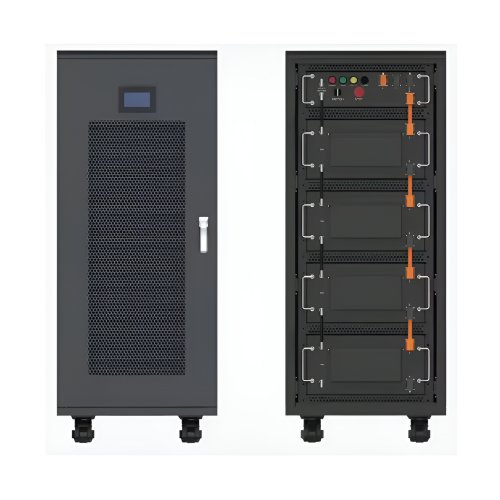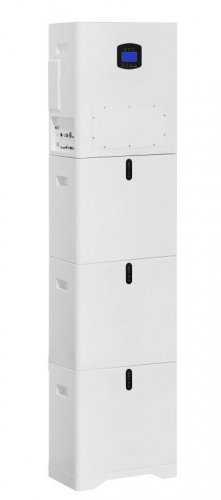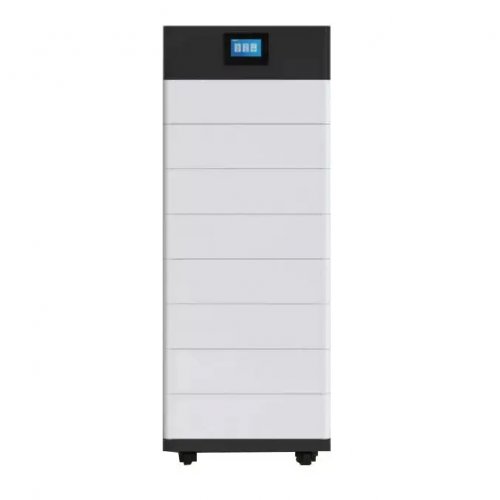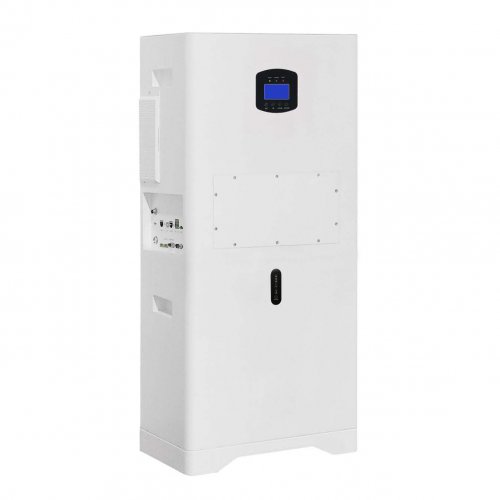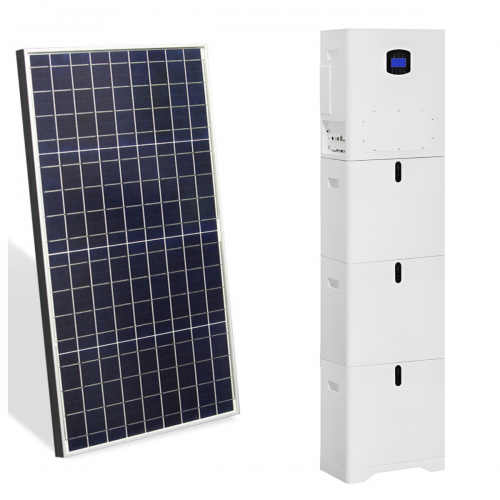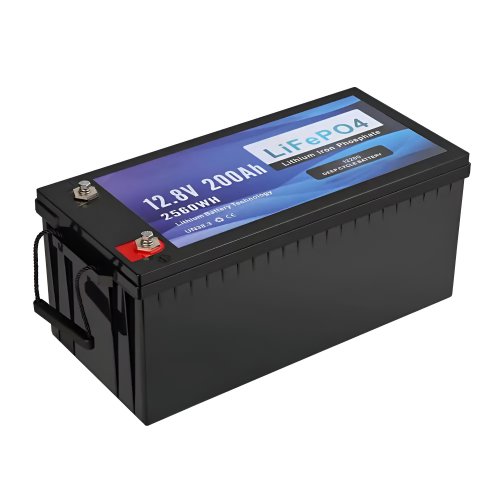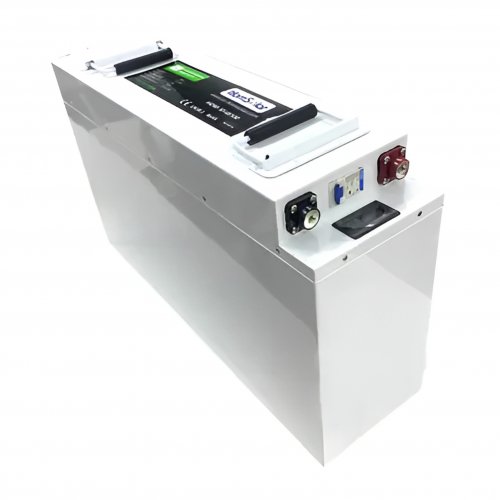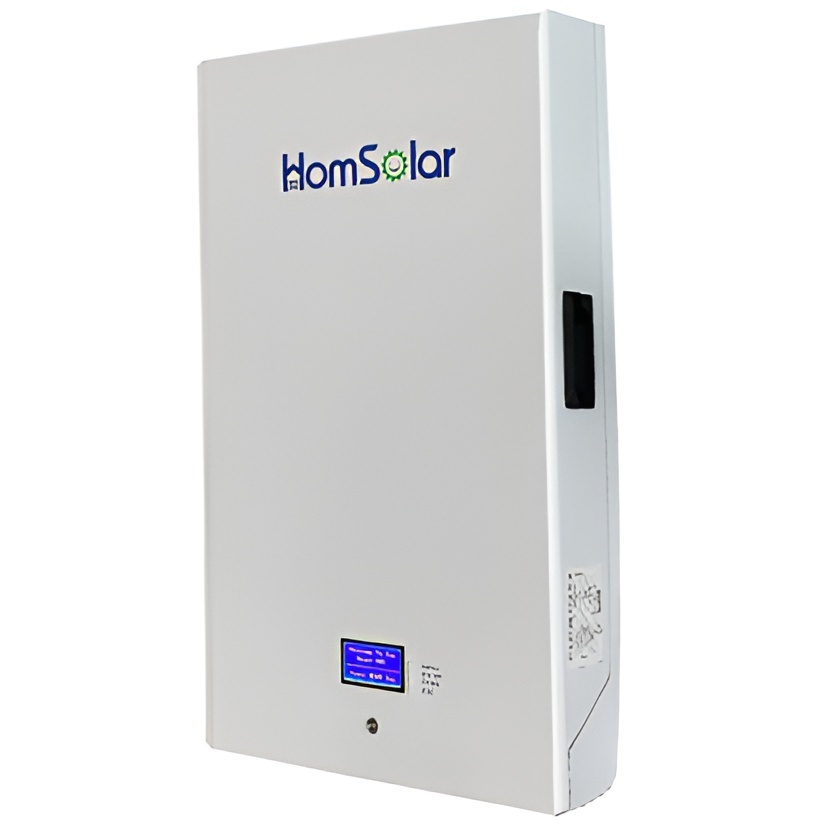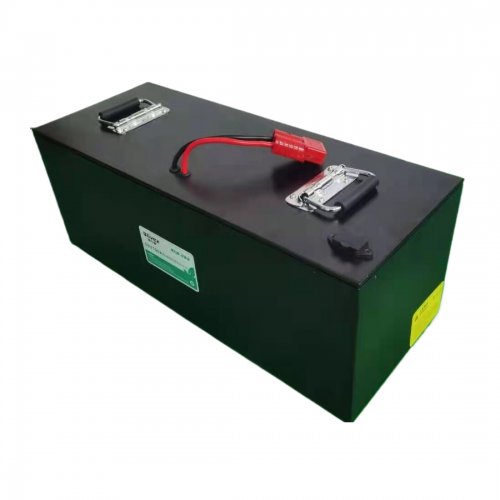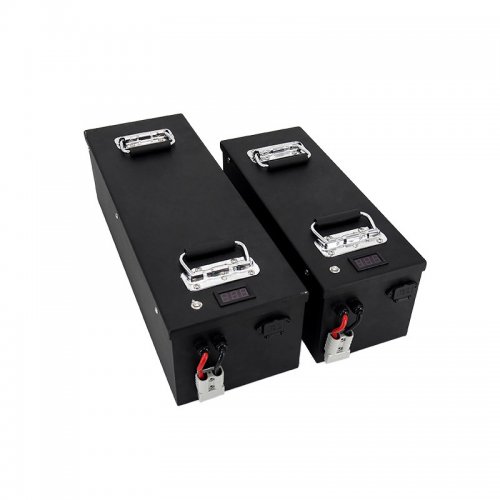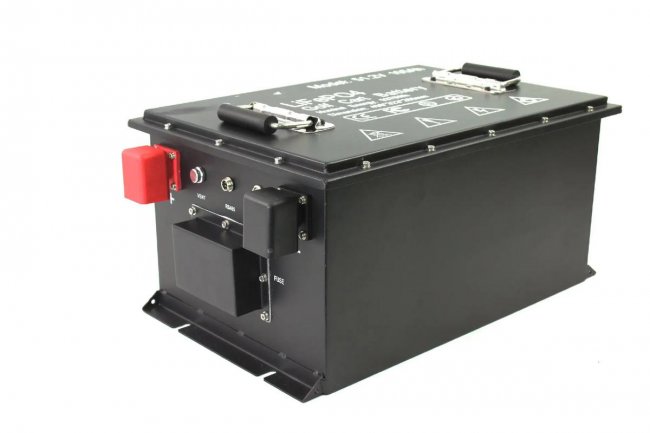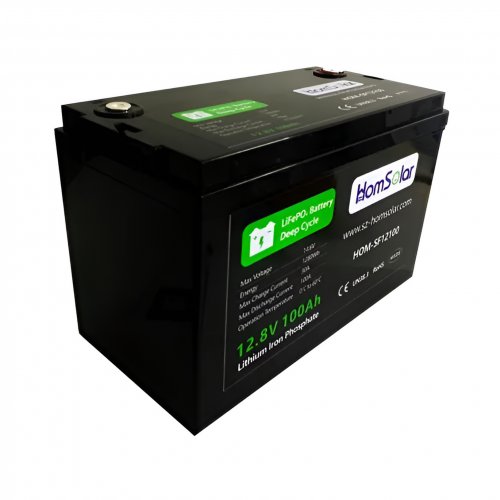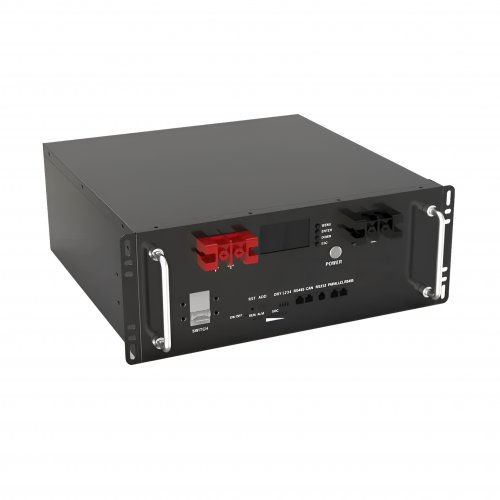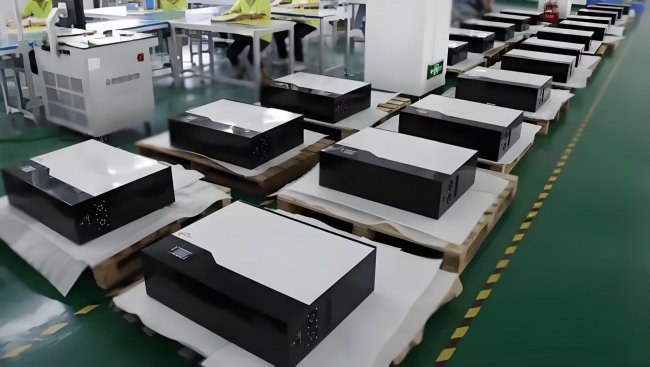Advances In Electrode Optimization: Cutting-edge Strategies For Enhanced Performance In Energy Storage And Biosensing
Electrode optimization has emerged as a pivotal research area in energy storage, biosensing, and electrocatalysis, driven by the demand for high-performance materials and architectures. Recent advancements in nanotechnology, computational modeling, and fabrication techniques have enabled unprecedented control over electrode properties, including conductivity, surface area, and electrochemical stability. This article highlights key breakthroughs in electrode optimization, focusing on material design, structural engineering, and novel characterization methods, while outlining future directions for the field. Recent studies have demonstrated the potential of advanced materials, such as two-dimensional (2D) nanomaterials, conductive polymers, and hybrid composites, to overcome traditional limitations. For instance, graphene-based electrodes exhibit exceptional electrical conductivity and mechanical flexibility, making them ideal for flexible electronics and supercapacitors (Zhang et al., 2023). Doping graphene with heteroatoms (e.g., nitrogen or sulfur) further enhances its catalytic activity and charge storage capacity (Wang et al., 2022).
Metal-organic frameworks (MOFs) and covalent organic frameworks (COFs) have also gained attention for their tunable porosity and high surface areas. A 2023 study by Li et al. reported a MOF-derived carbon electrode with hierarchical pores, achieving a 40% increase in capacitance compared to conventional activated carbon. Similarly, conductive polymers like poly(3,4-ethylenedioxythiophene) (PEDOT) have been optimized through molecular engineering to improve stability in aqueous electrolytes (Kim et al., 2023).
Beyond material composition, electrode performance is heavily influenced by microstructure. Three-dimensional (3D) printing and template-assisted synthesis have enabled the fabrication of electrodes with tailored pore networks and reduced ion diffusion paths. For example, 3D-printed graphene aerogels exhibit ultrahigh surface areas and rapid charge transfer, making them suitable for high-power batteries (Zhao et al., 2023).Nanostructuring techniques, such as electrospinning and atomic layer deposition (ALD), have also been employed to create electrodes with controlled morphologies. A breakthrough by Chen et al. (2023) demonstrated that ALD-coated silicon nanowires significantly mitigate volume expansion in lithium-ion batteries, extending cycle life by over 300%.
Machine learning (ML) and density functional theory (DFT) calculations are revolutionizing electrode design by predicting optimal compositions and structures. Recent work by Park et al. (2023) used ML to identify novel perovskite oxides for oxygen evolution reactions, reducing experimental screening time by 90%. DFT simulations have also elucidated interfacial phenomena, such as solid-electrolyte interphase (SEI) formation, guiding the development of more stable electrodes (Xu et al., 2022). Optimized electrodes are critical for next-generation energy storage systems. In lithium-sulfur batteries, sulfur-host electrodes with polar catalysts (e.g., Co-N-C) have achieved >80% capacity retention after 500 cycles (Yang et al., 2023). For biosensing, nanostructured gold electrodes functionalized with aptamers enable ultrasensitive detection of biomarkers, with detection limits down to attomolar concentrations (Liu et al., 2023). Despite progress, challenges remain in scalability, cost, and long-term stability. Future research should focus on: 1. Sustainable Materials: Developing eco-friendly synthesis methods for carbon-based electrodes. 2. Interface Engineering: Optimizing electrode-electrolyte interactions to minimize degradation. 3. Multi-Functional Designs: Integrating energy storage and sensing capabilities into unified platforms. Electrode optimization continues to push the boundaries of electrochemical technologies. By leveraging advanced materials, structural engineering, and computational tools, researchers are unlocking new possibilities for energy storage, biosensing, and beyond. Interdisciplinary collaboration will be essential to address remaining challenges and translate lab-scale innovations into real-world applications.(
Customized/OEM/ODM Service
HomSolar Supports Lifepo4 battery pack customization/OEM/ODM service, welcome to contact us and tell us your needs.


HomSolar: Your One-stop LiFePO4 Battery Pack & ESS Solution Manufacturer
Our line of LiFePO4 (LFP) batteries offer a solution to demanding applications that require a lighter weight, longer life, and higher capacity battery. Features include advanced battery management systems (BMS), Bluetooth® communication and active intelligent monitoring.

Customised Lithium Iron Phosphate Battery Casing
ABS plastic housing, aluminium housing, stainless steel housing and iron housing are available, and can also be designed and customised according to your needs.

HomSolar Smart BMS
Intelligent Battery Management System for HomSolar Energy Storage System. Bluetooth, temperature sensor, LCD display, CAN interface, UART interface also available.


Terminals & Plugs Can Be Customized
A wide range of terminals and plugs can be customised to suit the application needs of your battery products.

Well-designed Solutions for Energy Storage Systems
We will design the perfect energy storage system solution according to your needs, so that you can easily solve the specific industry applications of battery products.



About Our Battery Cells
Our energy storage system products use brand new grade A LiFePO4 cells with a battery lifespan of more than 4,000 charge/discharge cycles.



Applications in Different Industries
We supply customized & OEM battery pack, assemble cells with wiring, fuse and plastic cover, all the cell wires connected to PCB plug or built BMS.
Applications: E-bike, Electric Scooter, Golf Carts, RV, Electric Wheelchair, Electric Tools, Robot Cleaner, Robot Sweeper, Solar Energy Storage System, Emergency Light, Solar Power Light, Medical Equipment, UPS Backup Power Supply.
We can provide you with customized services. We have the ability to provide a vertical supply chain, from single cells to pack/module and to a complete power solution with BMS, etc.


HomSolar (Shenzhen) Technology Co., Ltd







